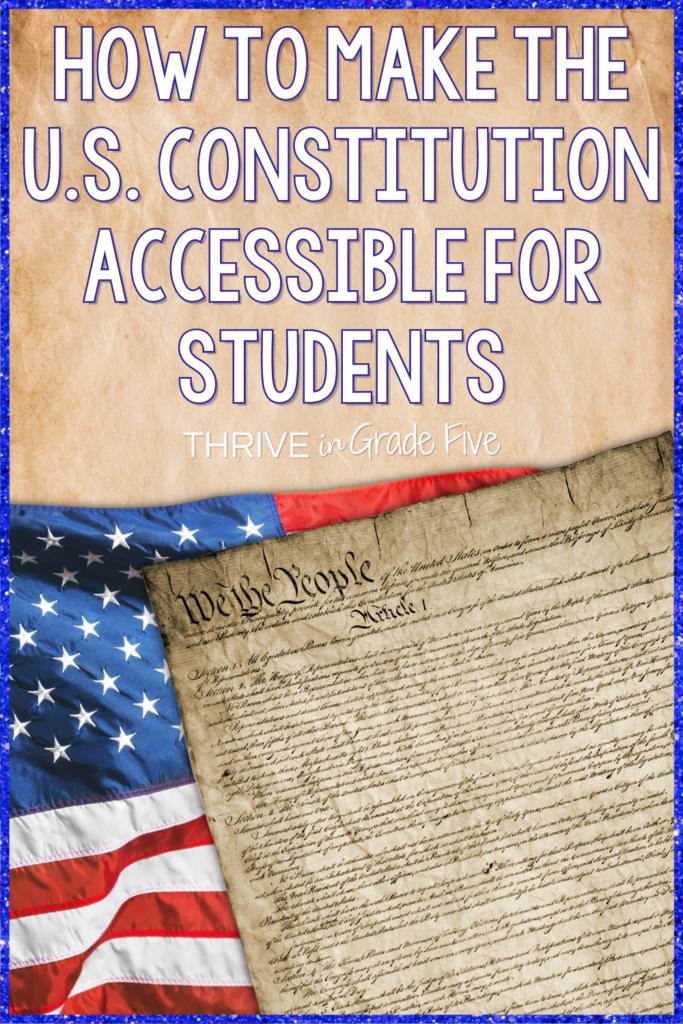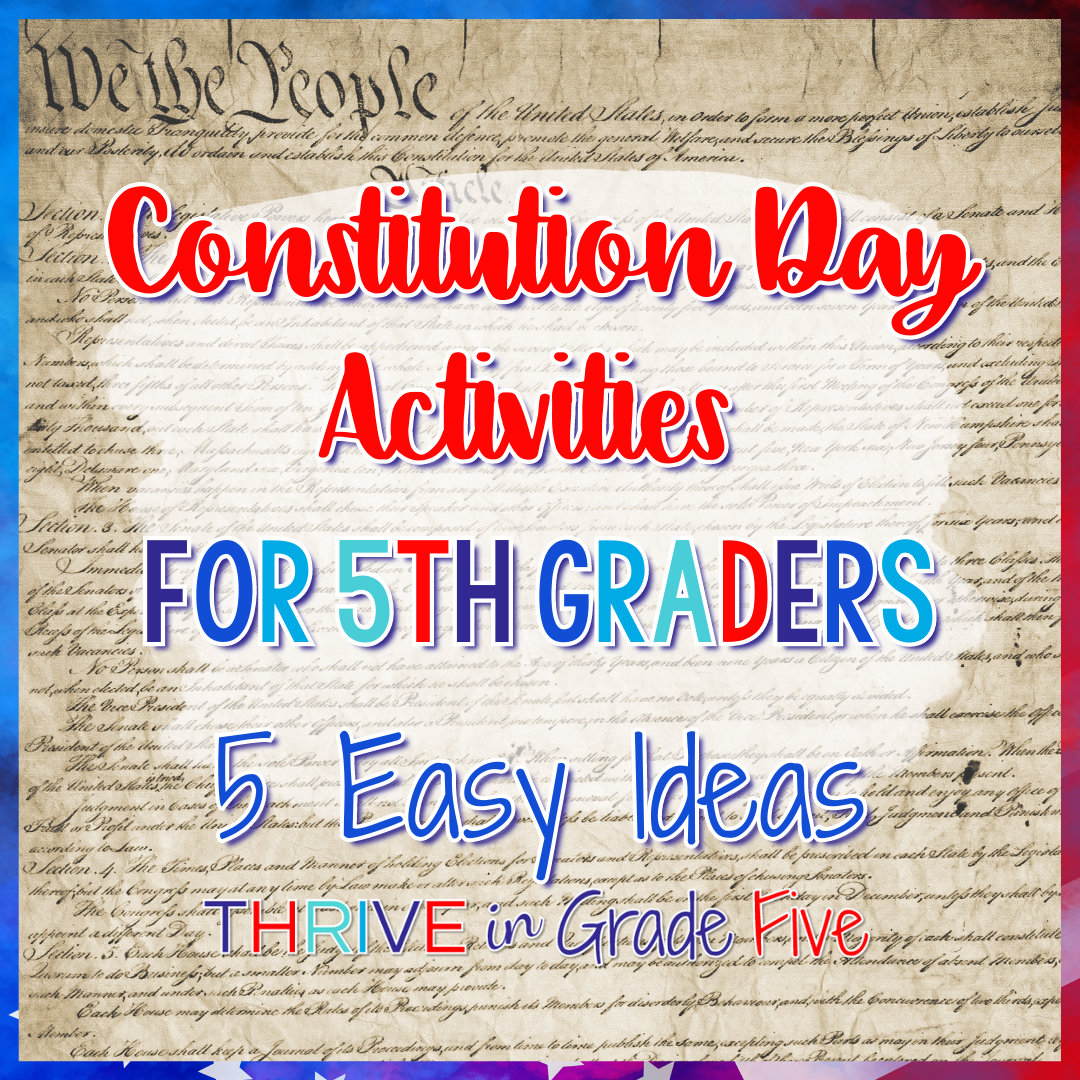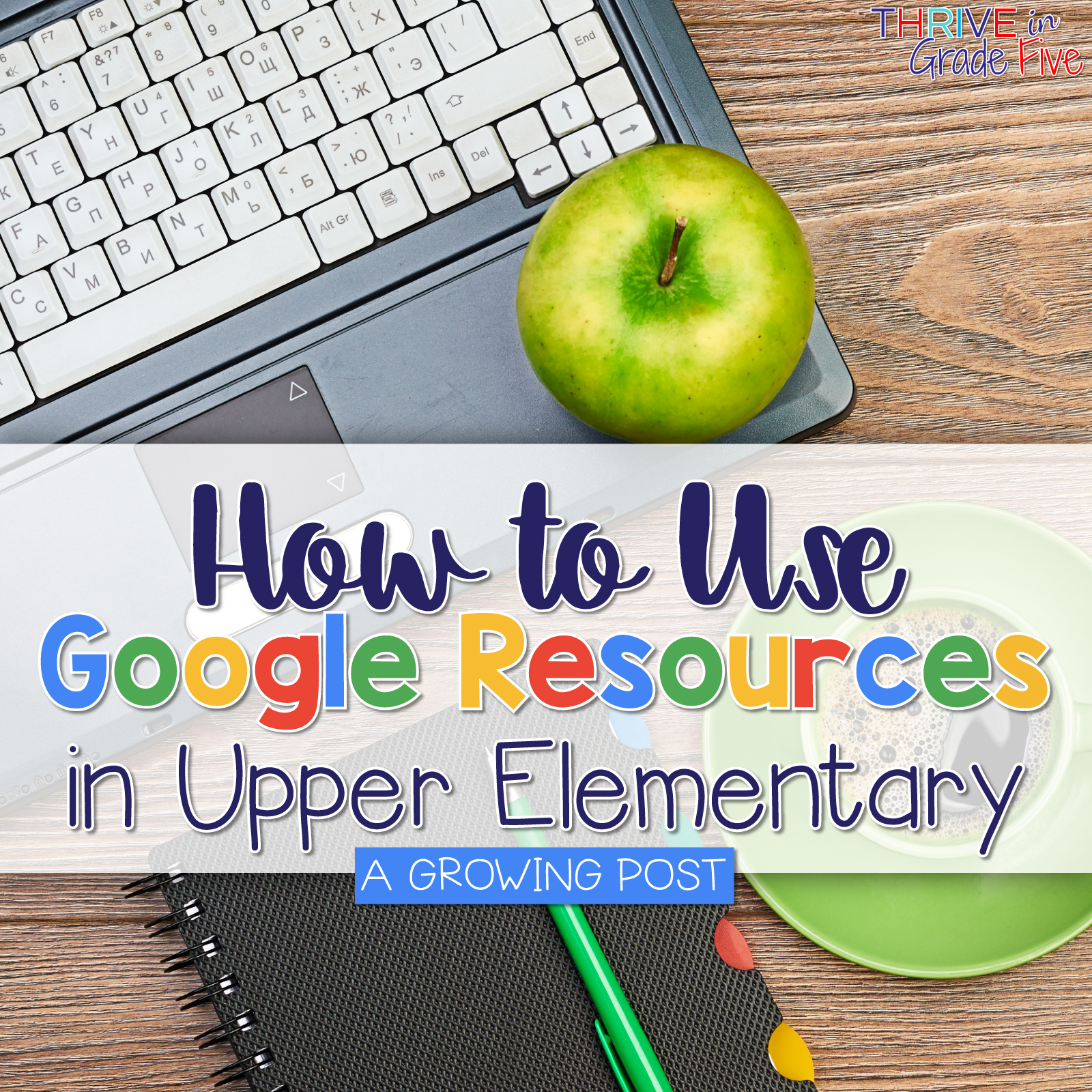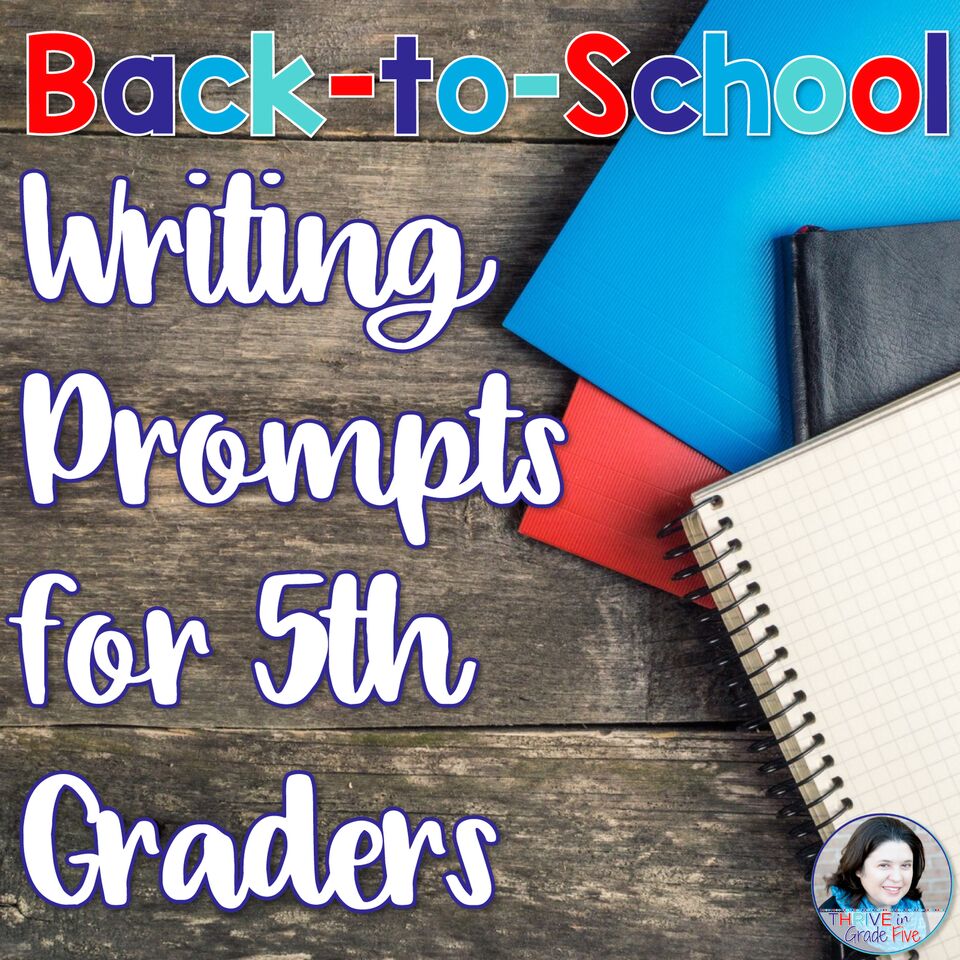If you want to make the U.S. Constitution accessible for your students, you are in the right place!
Every social studies teacher, at one time or another, has struggled with making the U.S. Constitution clear and meaningful for students.
I will be the first to raise my hand and say that I DID NOT like teaching the Constitution for the first couple of years in social studies.
18th Century language can be difficult to grasp AND the Constitution is a fairly long document, at least for 5th graders.
Our upper elementary students don’t need to know all of the intricacies of the Constitution, BUT they can and should learn the basics of the Constitution.
Before I share my four tried-and-true tips for making the Constitution accessible for students, I’d love for you to grab these free student-loved practice sheets.
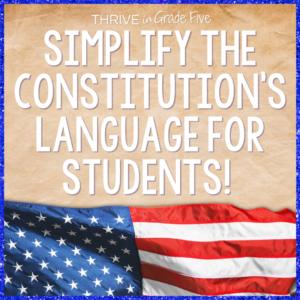
Simplify the Constitution’s language for students!
I’ll be honest, when I read the Constitution, I sometimes have to stop and reread or even look up a simplified version to understand what I’m reading.
So, of course the language in the Constitution can be difficult for students, especially 5th graders, to grasp.
Here is one short example:
Excerpt from Article I, Section 8:
The Congress shall have Power To lay and collect Taxes, Duties, Imposts and Excises, to pay the Debts and provide for the common Defence and general Welfare of the United States; but all Duties, Imposts and Excises shall be uniform throughout the United States; (Source: archives.gov)
If you give students the excerpt above and ask them to interpret it, you’re going to get this face:
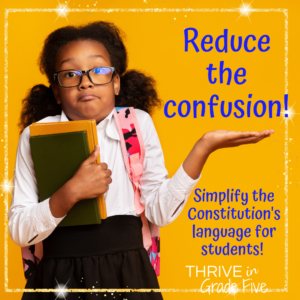
Instead, look through the excerpt and decide what students need to know…
When I read that excerpt, I think that the most important thing for a 5th grader to take away is that Congress has the power to collect taxes.
Sure, the duties, imposts, excises, and debts mentioned are important, but I need my upper elementary students to walk away with a basic understanding of the Constitution. They’ll have plenty of time in high school to dive into those more intricate details.
My Best Advice: Pick and choose the sections and words that you introduce to your students. Do NOT use the entire Constitution with your 5th graders.
Think: Preamble, Branches of Government, Bill of Rights – This is the foundation our students need!
These are three of my favorite resources for teaching the U.S. Constitution:
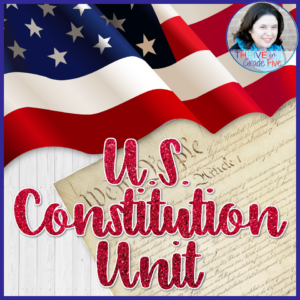
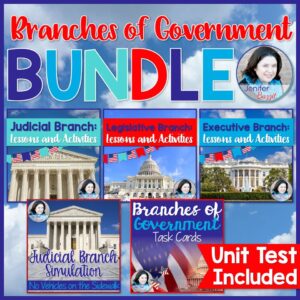


Divide the Constitution into pieces!
We can’t place the entire Constitution in front of our students and expect any sort of mastery.
If we break the Constitution into three major parts, however, students will end the unit with confidence and clarity.
In my classroom, I teach the Preamble to the Constitution, Branches of Government, and Bill of Rights.
- When teaching the Preamble, emphasize that this section explains why the entire Constitution was written.
- When teaching the Branches of Government, focus on the job/function of each branch, along with checks and balances and the separation of powers.
- When teaching the Bill of Rights, focus on the main message of each of the 10 Amendments, especially the 1st Amendment. Each Amendment is important, but the 1st Amendment gives us multiple rights that we use every single day. I recommend working through the Bill of Rights with students one Amendment at a time. I use this Google Slides resource to teach and help students practice the Bill of Rights.

Make the Constitution applicable to students’ modern lives!
The Constitution is fascinating because it is a living document.
Since the Constitution was written and ratified in the late 18th Century, it has been shaped by 27 Amendments, or changes.
Look at today’s news stories. Can you find one that relates somehow to the Constitution? I bet you can.
When I find a local or national news story that clearly relates to the Constitution, and is appropriate for students, I share it with them.
It’s crucial for students to notice the ways that the Constitution influences our everyday lives.
A great way to help students see the influence of the Constitution on our everyday lives is to have them explore the question, What would our lives be like without the Constitution, and especially the Bill of Rights?
I use two great resources to help students think about and discuss this question:

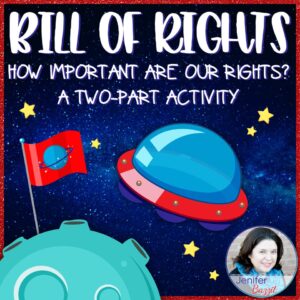

Ask students to write about and discuss the Constitution!
Students (and adults) learn and process information when they are given the opportunity to talk about and write about the new things that they learn.
There is no shortage of Constitution discussion topics and journal entries that you can use with students. Here are three to get you started:
- The Preamble states that the Constitution was created to form a more perfect Union. Do you think our union of states will ever be perfect? Why or why not?
- Jolain said, “Having three branches of government is too complicated. It would be much simpler to have just one leader making all of the decisions.” Do you agree or disagree with Jolain? Explain your answer.
- Which of the first 10 Amendments could you NOT live without? Why?
Need more social studies journal prompts? Here are 50 unique, free prompts that you can use today: Big List of Social Studies Journal Prompts
